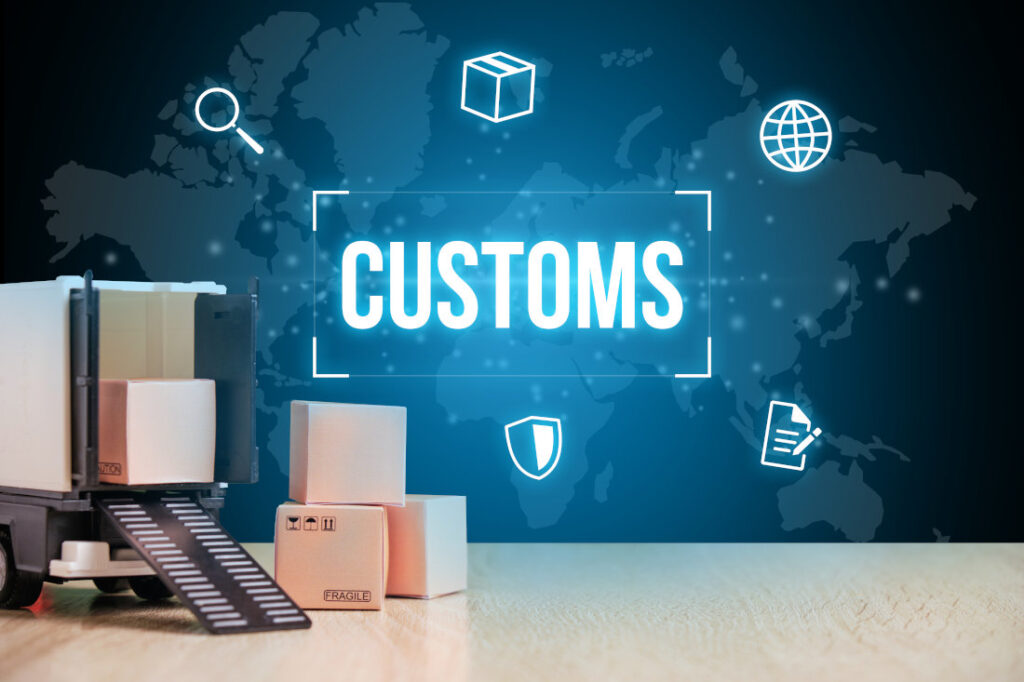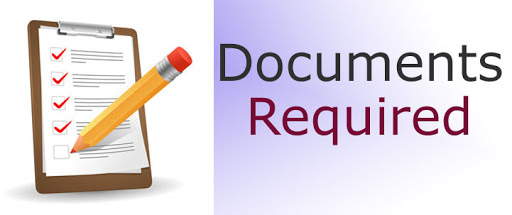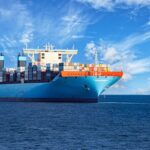- By TOP CHINA FREIGHT
- October 10, 2025
- Shipping
Table of Contents
Importing goods from China to France can be highly profitable, but import customs China to France procedures can be complex without the right knowledge. From customs clearance to import duties and documentation, understanding the entire process is key to avoiding costly delays and ensuring compliance. This guide explains every detail—from costs and timelines to documents and taxes—so that you can import efficiently and confidently.

What Are Import Customs Procedures from China to France?
When importing from China to France, your shipment goes through customs checks to verify its contents, declared value, and compliance with EU regulations. The process ensures that proper taxes and duties are paid before goods are released.
Customs clearance typically includes the following steps:
1.Filing import declaration with French Customs (Douane Française).
2.Verification of commercial documents such as invoices and packing lists.
3.Calculation and payment of VAT and customs duties.
4.Inspection of goods, if required.
| Step | Description | Responsible Party |
|---|---|---|
| Customs Declaration | Importer files declaration (DAU form) | Importer / Customs broker |
| Document Verification | Review of invoice, packing list, HS code | Customs authority |
| Duties & VAT Payment | Based on CIF value | Importer |
| Inspection & Release | Physical check, if selected | Customs |
Understanding each stage helps businesses plan better and avoid unnecessary penalties or shipment delays.
How Are Import Duties and Taxes Calculated in France?
Import duties are calculated based on the CIF (Cost, Insurance, and Freight) value of the goods. This includes the product cost, insurance, and shipping cost from China. The duty rate depends on the product’s HS code and EU tariff classification.
| Charge Type | Description | Typical Rate |
|---|---|---|
| Customs Duty | Based on product HS code | 0–12% |
| VAT | French standard rate | 20% |
| Excise Tax | For specific goods (e.g., alcohol) | Variable |
| Handling Fee | Port or customs broker charges | €30–€150 |
For example, importing electronics may attract 0–5% customs duty, while textiles can reach 12%. Moreover, importers registered for VAT in France can reclaim VAT later.
What Documents Are Required for Customs Clearance?

Proper documentation is critical for successful import customs China to France clearance. Missing or incorrect paperwork can delay release or trigger penalties.
| Document | Purpose |
|---|---|
| Commercial Invoice | Declares value and origin of goods |
| Packing List | Lists quantity, weight, and packaging details |
| Bill of Lading / Air Waybill | Confirms shipment and transport details |
| Certificate of Origin | Proves manufacturing location |
| Import License | Required for restricted items |
| Customs Declaration Form (DAU) | Official import entry document |
Tip:
Always double-check HS codes, declared value, and incoterms. Incorrect details are the main cause of customs clearance delays.
Which Shipping Methods Affect Customs Processing?
The shipping method you choose—sea, air, or rail—affects customs clearance speed and cost.
Below is a comparison of common options:
| Shipping Mode | Average Transit Time | Cost Level | Best For |
|---|---|---|---|
| Sea Freight | 30–40 days | Low | Large, heavy cargo |
| Air Freight | 5–10 days | High | Urgent, high-value items |
| Rail Freight | 18–25 days | Medium | Moderate-size shipments |
Sea freight remains the most popular due to low costs, while air freight offers faster customs clearance. However, rail freight between China and France is increasingly used for balanced speed and cost.
How Long Does Customs Clearance Take?
Customs clearance in France usually takes 1–3 working days, depending on the complexity of your shipment. However, the total timeline may vary due to:
- Incomplete documentation
- Random inspections
- High import volumes during peak seasons
Estimated Timeline Overview:
| Step | Duration |
|---|---|
| Customs Declaration | 1 day |
| Document Review | 1–2 days |
| Inspection (if any) | 2–5 days |
| Final Release | 1 day |
To speed up clearance, work with an experienced freight forwarder or customs broker who can submit documents electronically and resolve issues quickly.
What Are Common Challenges in French Import Customs?
Even experienced importers face challenges when dealing with import customs China to France. The most frequent issues include:
- Incorrect HS code classification leading to wrong duty rates.
- Under-declared value, causing customs disputes.
- Missing documentation (such as certificate of origin).
- Lack of EORI number (Economic Operator Registration and Identification).
Solution: Always confirm tariff classification in the EU TARIC database and ensure your supplier provides accurate paperwork.
How Can You Ensure Smooth Customs Clearance?
This allows customs officers to process your shipment faster and reduces clearance time.
A qualified agent ensures compliance and helps avoid fines or documentation errors.
Clear communication prevents issues like incorrect invoices or missing certificates.
Properly chosen Incoterms clarify who handles freight, insurance, and customs duties.
Storing records electronically makes it easier to handle audits or resolve disputes quickly.
What Are the Import Restrictions and Prohibited Goods?
France, as an EU member, restricts or bans certain imports from China. Knowing these in advance helps you avoid confiscation or fines.
| Category | Status | Special Requirements |
|---|---|---|
| Food & Agricultural Products | Restricted | Health certificates |
| Medical Devices | Restricted | CE marking required |
| Batteries & Electronics | Restricted | Compliance with RoHS & CE |
| Weapons & Explosives | Prohibited | Not allowed |
| Counterfeit Goods | Prohibited | Customs seizure |
Always verify product compliance before shipping to ensure conformity with EU standards.
Case Study: Efficient Customs Clearance for a Furniture Importer

A French furniture retailer imported 3 containers from Guangzhou to Le Havre under CIF terms.
By hiring a China-based freight forwarder, the importer ensured all documents were correctly issued and submitted before the vessel arrived. As a result:
- Customs clearance completed in 48 hours.
- Saved €1,200 in demurrage fees.
- Avoided additional inspection due to accurate HS coding.
This example demonstrates the value of partnering with an experienced logistics partner who understands both Chinese and French regulations.
Why Work with a Professional Freight Forwarder?
A reliable freight forwarder can manage every step—from booking cargo to customs documentation—reducing your workload. Services include:
- Customs clearance and declaration
- Duty and VAT calculation
- Document verification and correction
- Transportation and delivery coordination
Moreover, forwarders often have preferential carrier rates, helping you save on logistics costs while ensuring compliance.
Conclusion
Understanding import customs China to France is essential for any business trading between the two countries. By preparing correct documents, classifying goods accurately, and partnering with experienced logistics professionals, importers can reduce risks, save time, and ensure smooth customs clearance. Whether you’re shipping electronics, furniture, or textiles, mastering these steps will help you maintain a steady supply chain and strengthen your international trade success.
Need a Shipping Quote?
If you want expert guidance and peace of mind, our team is ready to assist.
TJ China Freight offers tailored solutions to help businesses of all sizes ship more reliably from China.

FAQ
Q1: What is the average customs duty for goods imported from China to France?
Most goods are charged between 0% and 12%, depending on their HS code and product type. Electronics usually have lower duties, while textiles and footwear are higher.
Q2: Do I need an import license to import from China to France?
Not for most items. However, restricted goods like food, chemicals, or medical equipment require special licenses or certificates.
Q3: How can I calculate VAT for imports from China to France?
VAT is charged on the CIF value plus duty, usually at 20%. Some essential goods may qualify for reduced rates.
Q4: What happens if my shipment is held at French customs?
Customs may need more documents or perform an inspection. Respond quickly and provide complete paperwork to avoid longer delays.
Q5: Can I import goods from China under DDP terms?
Yes. With DDP, the supplier pays duties and VAT, simplifying customs for you, but ensure they understand French regulations.



